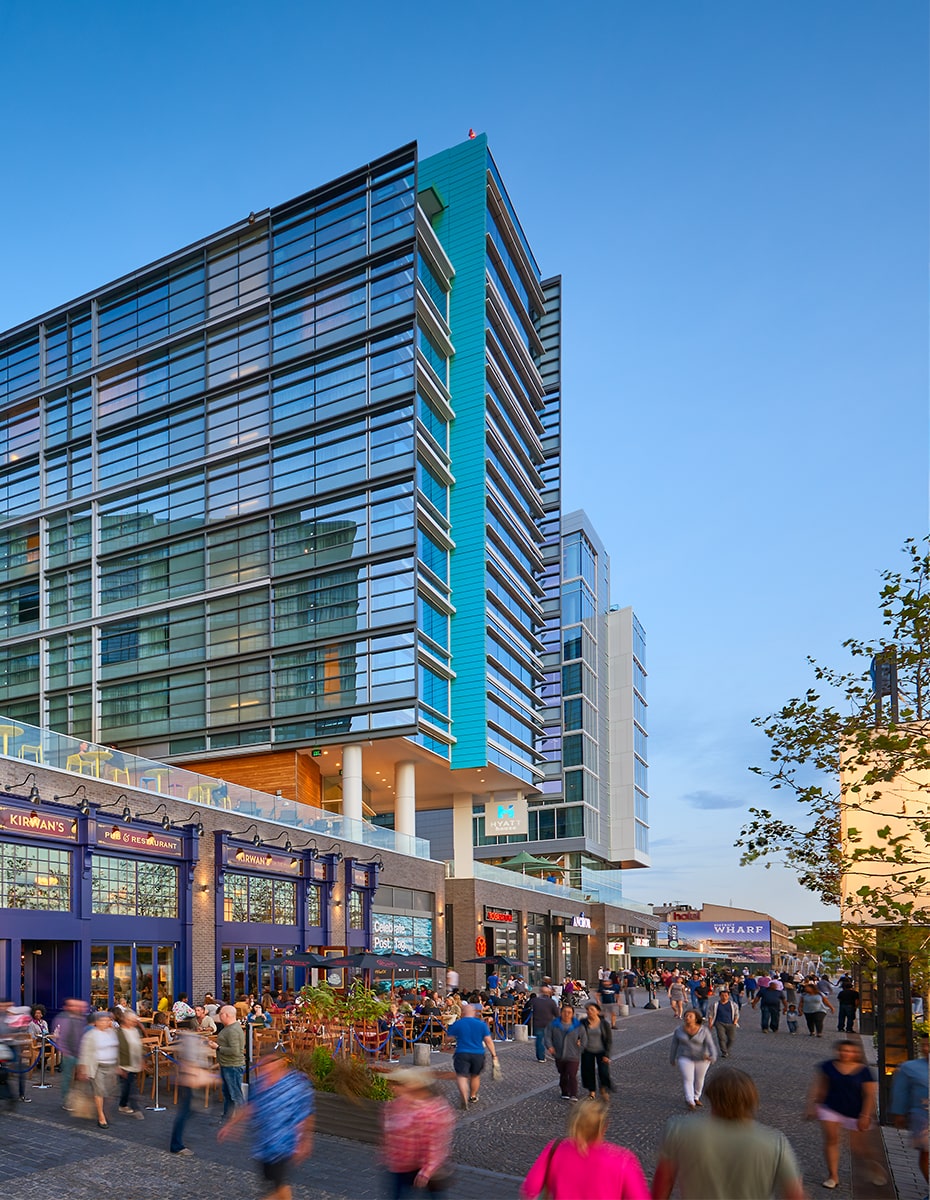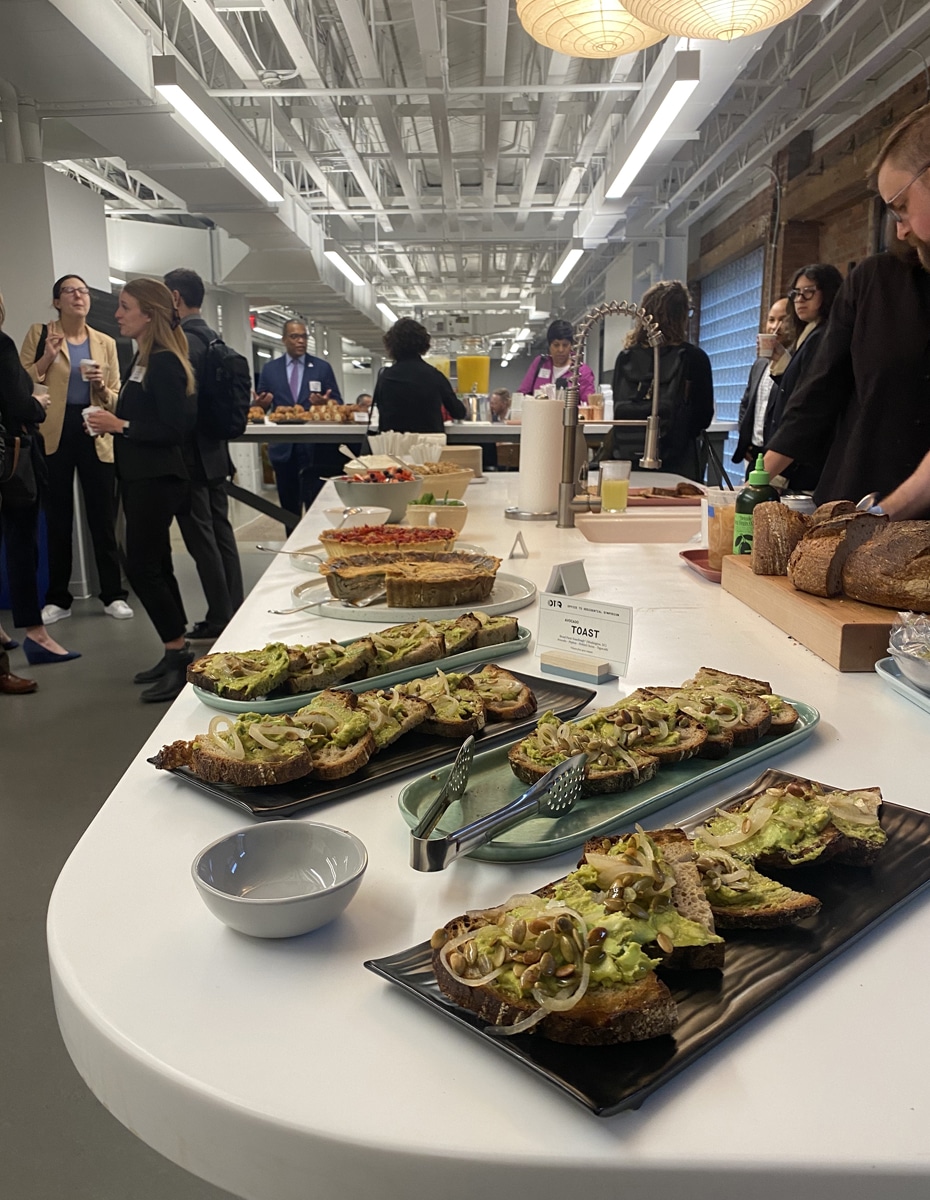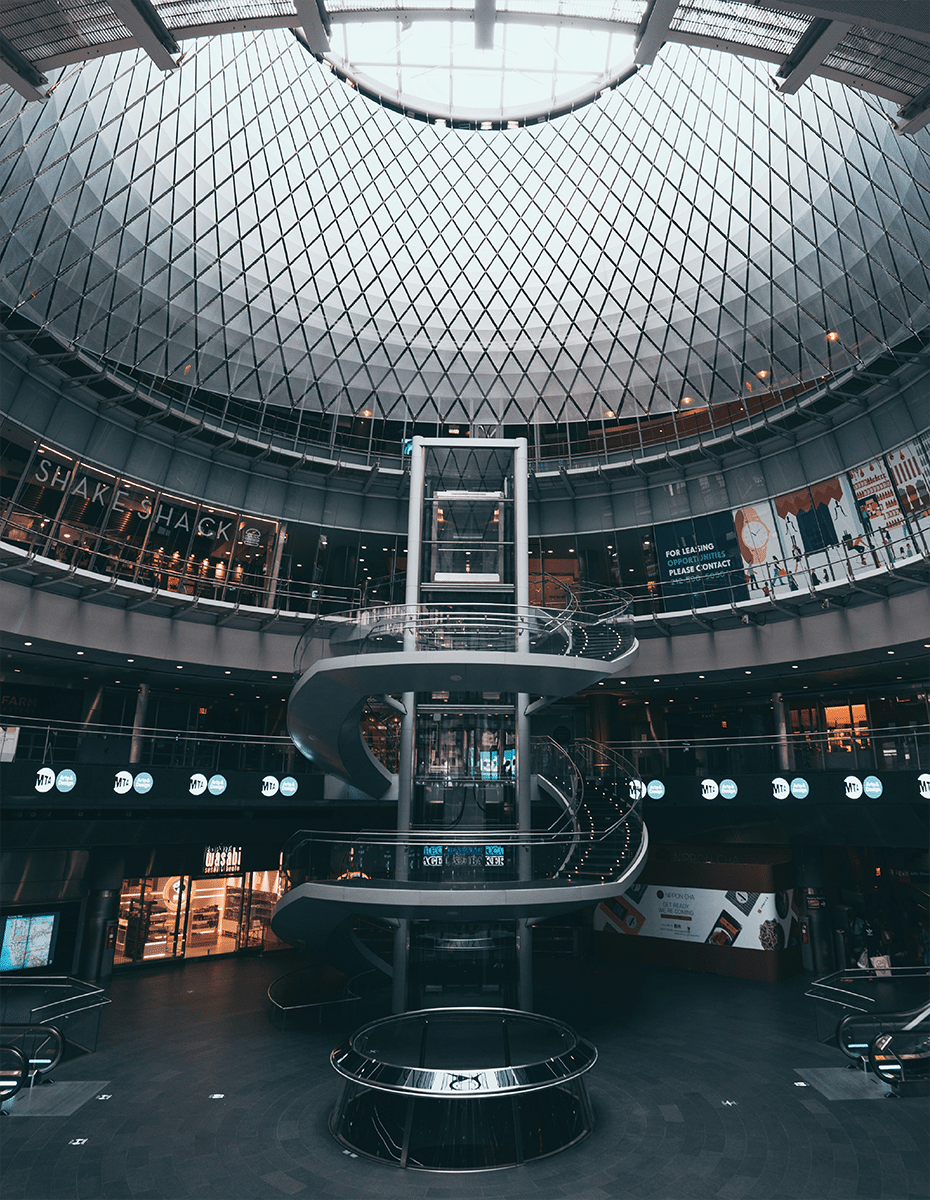Cities are complicated ecosystems whose sum of parts are intricately linked. For retail, everything is connected to demand. And we acknowledge that for many downtowns and central business districts, the loss of workers, customers, and visitors will have a widespread impact on our cities for many years to come. This is where public policy — working in partnership with local property owners and the commercial real estate community — will prove critical.
Using our New York City clients as a real-time example of the impact of the pandemic, we have witnessed firsthand how the pandemic has impacted business districts and have been working to develop policies necessary to see not just New York, but communities throughout the country, through to the other side of this crisis.
Unemployment Outlook
New York, like cities nationwide, faces the specter of widespread unemployment, which has significant impacts on customer spending. At this time, New York’s unemployment rate is about 20%, much higher than the national unemployment rate, which currently hovers around 11%. But with the pandemic impacts still uncertain, and with no federal relief plan in sight, we may not have seen the worst of it.
Entertainment Spending
For cities that are reliant on visitors, the impacts have been particularly acute. Consider the fact that in New York, and specifically Manhattan, tourists are responsible for 24% of credit card sales. With a near elimination of the 65 million annual visitors and the closure of major destination drivers like Broadway, the future of retail in districts driven by visitor spending is at risk. And we are seeing these impacts in real-time. Yelp estimates that since March 1, over 2,800 businesses have closed permanently, and about half of those have been in Manhattan, where the loss of office workers and visitors combined has served a one-two punch to the Central Business District.
Long-Term Outdoor Dining Policies for Mixed-Use Neighborhoods
In response to similar challenges, cities across the nation have embraced outdoor dining, streamlining previously archaic and overly bureaucratic approvals processes as a lifeline to the restaurant industry. In New York, the Mayor just announced that the City is committed to outdoor dining next summer as well. These are just the right emergency measures — but outdoor dining is not a panacea. Moving forward cities will need to manage the inevitable conflicts between outdoor dining and residential communities particularly in mixed-use urban environments where noise can impact the quality of life of residents who live above the bar.
Support for Non-Profit Destination Drivers
Beyond outdoor dining, we must get to the heart of the matter – getting customers to return. Destination drivers that are now closed — entertainment venues, theatre, and cultural institutions — must be supported. Not many people have discussed the impact on the non-profit sector, but consider the fact that the popular New York City Tenement Museum, located in the Lower East Side of Manhattan, was welcoming about 200,000 visitors annually. In July, it announced it would be closing indefinitely. The loss of these visitors to that neighborhood will have a tremendous impact on local businesses. Efforts to ensure these destination drivers survive will be critical to getting visitors to return and spend money in local businesses.
The New Office Model
Another major component of downtown spending is the office worker. While current work from home policies have been devastating for many downtown businesses, all is not lost in the long-term. There does seem to be a move towards hybrid WFH models that might reduce the number of office workers in our downtowns but not necessarily eliminate them. A recent Crain’s panel discussion that included representatives from technology start-ups Via and Foursquare found these executives roundly rejecting an “office-less” future. Foursquare plans to keep its Manhattan offices while giving more flexibility to its workforce. Long-term working from home seems to be less popular among younger segments of the workforce, so businesses that are heavily reliant on a young workforce may be less willing to go entirely remote. Older workers (many of whom are balancing childcare and families) seem to favor WFH, while younger workers are interested in a collegial atmosphere, which delivers human connections that are so critical to mentoring and professional development. Regardless of how this plays out, we can likely expect a contraction of retail in our downtown environments. So, the next question for cities should be what do we do with all of this now vacant retail space?
Ground Floor Retail Requirements
Ground floor retail requirements, while well-planning, are a planning relic grounded in the belief that ground floor retail was the way to “enliven” streets. Yet cities often required new buildings to include retail space whether or not there was a demand for it, resulting in vacancies. Our work at Streetsense often involves correcting these issues (or, ideally, preventing them from happening in the first place) but moving forward we will have to be open to repurposing this space wholesale. If zoning codes and regulations prevent the flexible use of space for non-retail uses, these spaces will remain empty for much longer than necessary. However, it’s important to support meaningful concentrations of retail where there is market demand, which means encouraging active retail where it makes sense and hewing to the principles of great retail streets. This includes encouraging sufficient retailer density and double-loaded retail streets, paying attention to sidewalk widths and public open space, programming, activation, and tenant mix. (We’ve worked extensively in retail strategy — see our assessment of the characteristics of successful retail districts in the Vibrant Streets Toolkit that we prepared for the DC Office of Planning a few years ago).
Moving forward, we recognize that public sector leadership will be critical to ensure that public policy is used to help set the stage, rather than hinder, our nation’s recovery from this pandemic.
If you want to know more about our work supporting Public Non-Profit Sector clients, please don’t hesitate to reach out — contact Managing Director, Research + Analysis Larisa Ortiz.
For Streetsense updates, follow us on social media or sign up for the Word on the Street newsletter.
BACK TO LATEST








